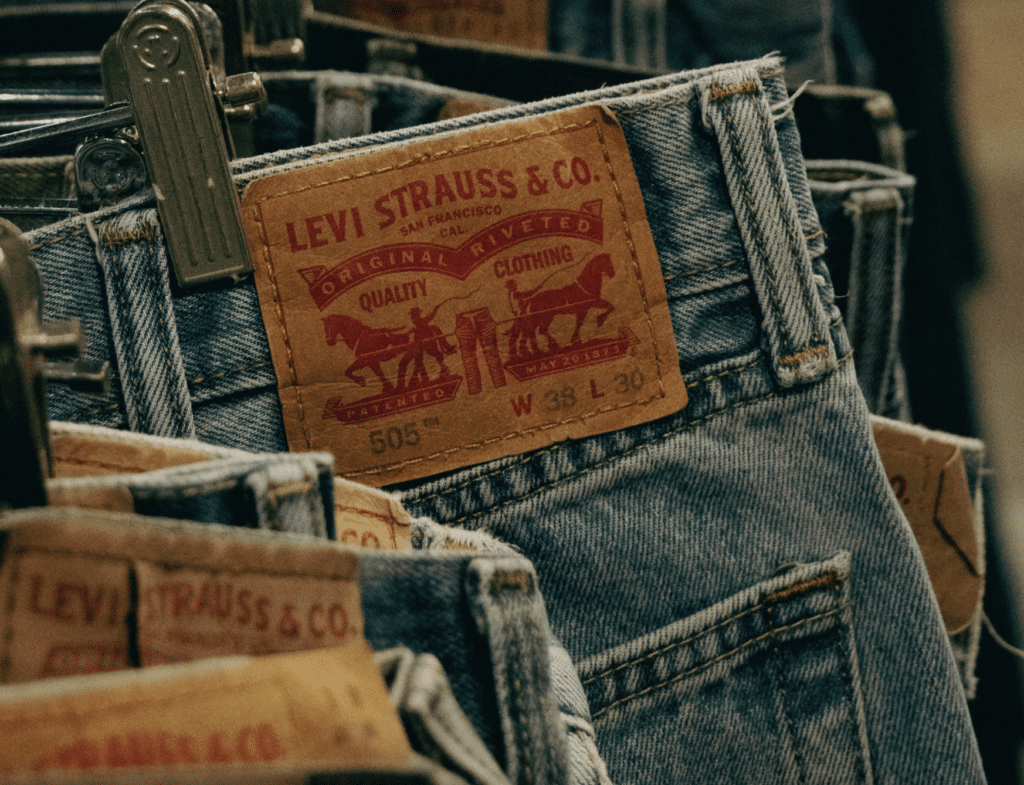As discussed in Part I of our three-part series on the first sale doctrine, the first sale doctrine provides that it is generally legal for an individual to resell a trademarked item after it has been sold by the trademark owner in an authorized sale, even if the resale is without the trademark owner’s consent. However, there are two well-recognized exceptions to the first sale doctrine: the “material difference” exception and the “quality controls” exception. This installment of our series addresses the “material difference” exception in more detail.
The first sale doctrine provides no protection when an unauthorized seller sells products that are “materially different” from those sold by the brand’s authorized sellers. If the trademark holder can establish that a material difference exists that can confuse consumers, then the first sale doctrine will not apply. The basis for this exception is that, while there is ordinarily no possibility of consumer confusion when a resold product is identical to authorized, genuine products, there is a high risk of confusion when the same trademark is displayed on a product that is not identical to the genuine product, but happens to bear strong similarities in appearance and/or function.
For this reason, courts hold that the threshold for what constitutes a “material difference” is low. A material difference can be any difference a consumer would likely consider to be relevant when purchasing a product. Importantly, differences do not have to be physical differences to satisfy this standard – indeed, courts hold that it is often the most subtle differences that are likely most likely to confuse consumers.
For example, courts have recognized that certain benefits accompanying the authorized sale of a genuine product can constitute material differences where those benefits do not likewise accompany products sold by unauthorized sellers. These differences can include variations in guarantee or warranty coverage, available customer service or technical assistance, or post-sale consumer benefits, unique information provided by authorized sellers, among others. When customers purchasing a “genuine” product get additional associated benefits—like a warranty, money-back guarantee or access to promotions – consumer confusion results when unauthorized resellers are offering the same products without the same associated benefits, and a claim for trademark infringement arises.
This article is courtesy of Vorys Sater Seymour and Pease LLP’s eControl Team, which works with companies to prepare and implement the foundational items necessary to protect brand value, increase eCommerce sales, and eliminate channel conflict.











